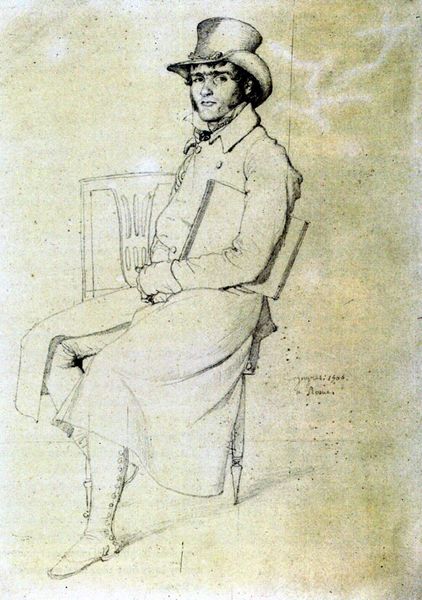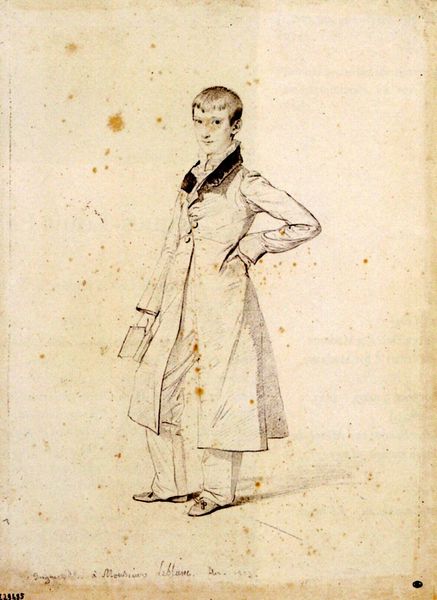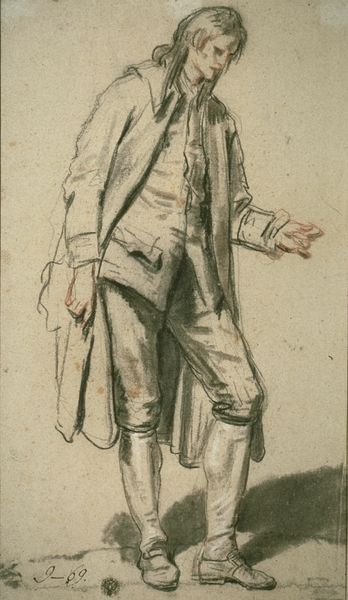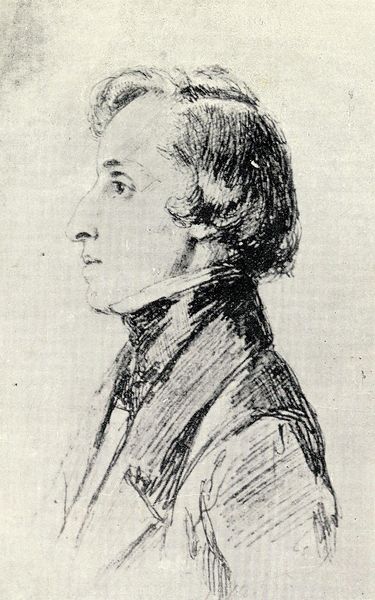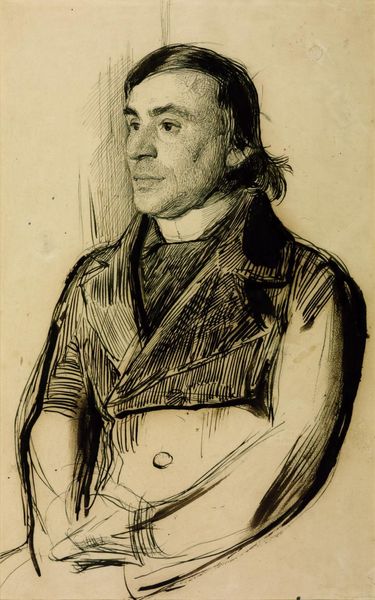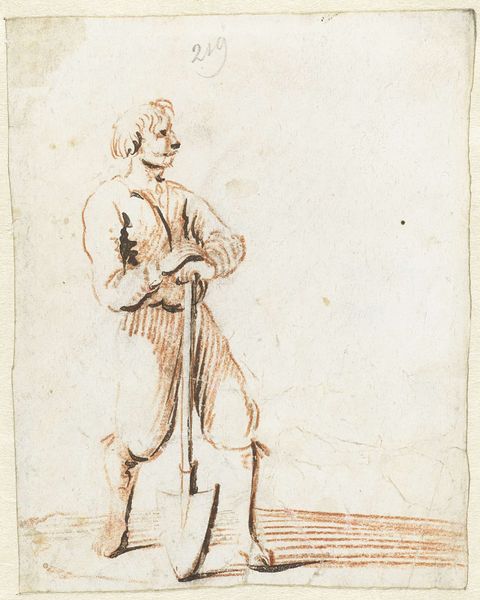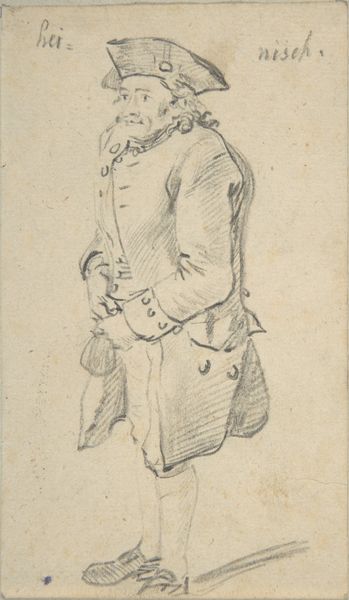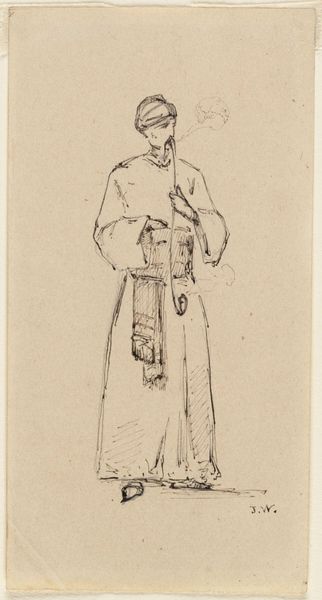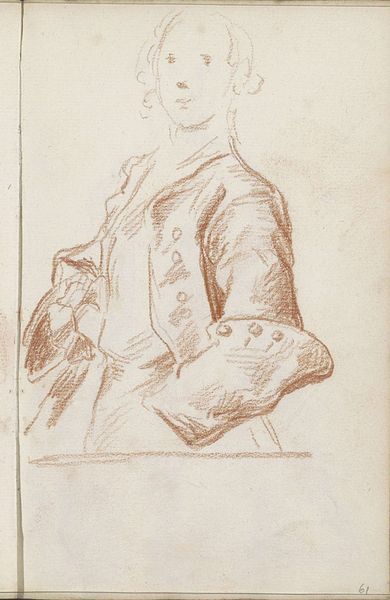
drawing, pencil
#
portrait
#
drawing
#
charcoal drawing
#
pencil drawing
#
sketch
#
pencil
#
portrait drawing
#
academic-art
Copyright: Public domain
Editor: So, here we have a portrait by Jean-Auguste-Dominique Ingres, titled "Jean François Antoine Forest." It's a pencil drawing, and honestly, it feels incredibly poised, but also a little… distant? What strikes you about this portrait? Curator: It's interesting you pick up on that sense of distance. Ingres, even in these preliminary drawings, was keenly aware of how portraits functioned within the social sphere. Consider the sitter, likely a man of some social standing. The crisp lines of his coat, the almost performative grip on what looks like a rolled document… it's a careful construction of an identity meant for public consumption. How do you think the rise of portraiture democratized or perhaps complicated class dynamics? Editor: I hadn't thought about the role of portraiture that way. So it's not just about capturing a likeness, it's about constructing a specific social image? The hat to the side makes you wonder, too – does it further highlight a calculated persona? Curator: Precisely. In Ingres' time, and even before, the very act of commissioning a portrait was a statement. This wasn't simply about remembrance; it was about participating in a visual dialogue that reinforced power structures. Now, think about how museums function: by choosing what is put on display and who gets recognition. Do you think the image in its public showing carries these same power dynamics with it now, or are we able to, through our readings, transform that initial social implication? Editor: That's a fascinating point! Placing this image within a museum setting definitely changes the context. By dissecting the social codes embedded in the image, maybe we can critically examine those historical power structures rather than simply reifying them. Thanks for expanding my understanding! Curator: And thank you. Analyzing Ingres through this lens reminds us of how images, especially portraits, actively participate in shaping historical and social narratives, which institutions like museums still affect to this day.
Comments
No comments
Be the first to comment and join the conversation on the ultimate creative platform.
